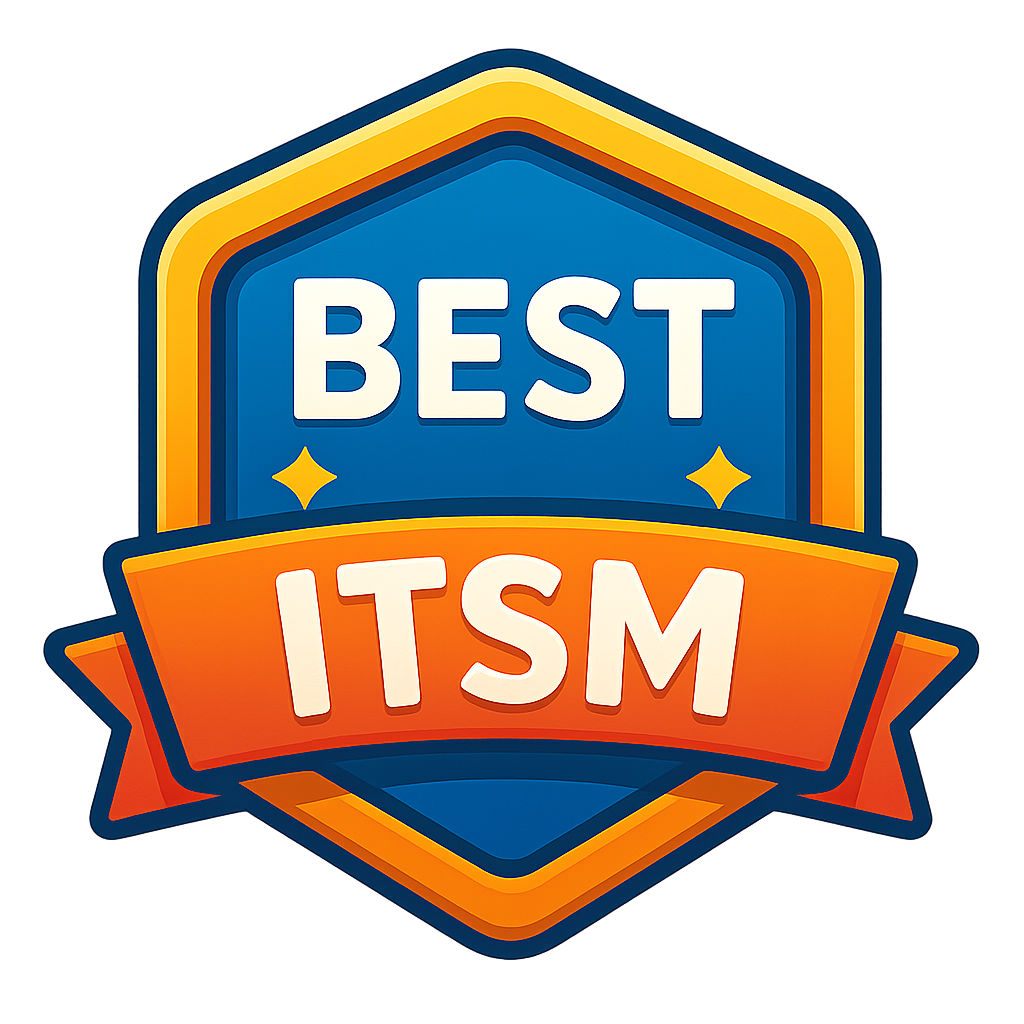Change Management
What is Change Management? Change Management in ITSM is a process designed to ensure that standardized methods and procedures are used for efficient and prompt handling of all changes to IT infrastructure. Its primary goal is to minimize the impact of change-related incidents on service quality, while maximizing the value of the change to the business.
The process typically begins with the submission of a change request. This request is then reviewed, assessed for potential risks and impacts, and either approved, rejected, or sent back for modification. Approved changes are then planned, tested, implemented, and reviewed.
Key components of Change Management include:
- Change request submission and logging
- Change assessment and evaluation
- Change approval or rejection
- Change scheduling and planning
- Change implementation
- Post-implementation review
Change Management ensures that changes are implemented in a controlled manner, reducing the risk of service disruptions and negative impacts on business operations. It also helps in maintaining an accurate Configuration Management Database (CMDB) and ensures compliance with regulatory requirements.
Effective Change Management contributes to improved service quality, reduced costs associated with poorly managed changes, enhanced visibility of changes across the organization, and better alignment between IT changes and business objectives. It also facilitates better communication among different teams involved in the change process, leading to smoother implementations and fewer unexpected issues.
